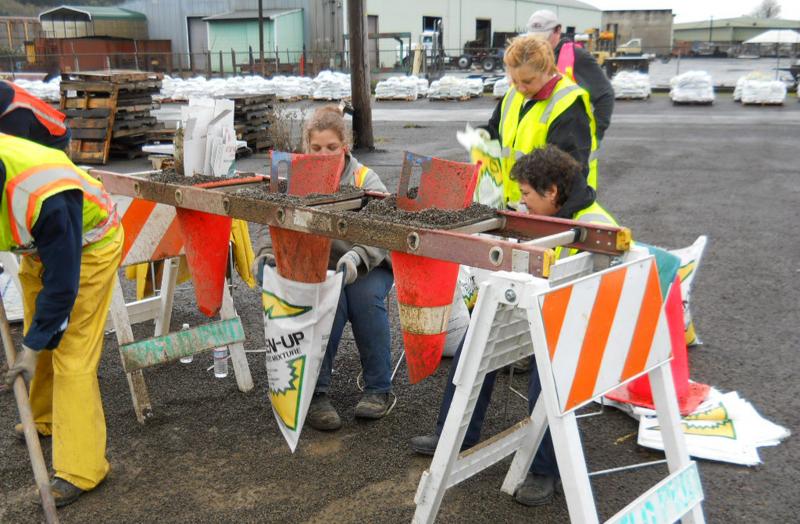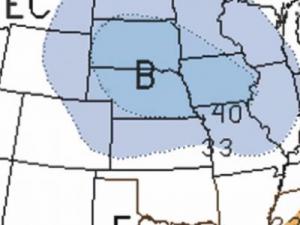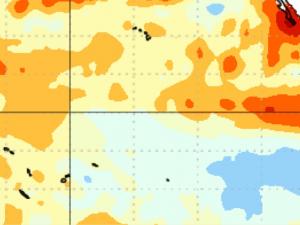Stressors and impacts
Lane County, Oregon, extends from the Cascade Mountains to the Pacific Ocean. Its green forests reap the benefits of ample rainfall, but each year the region has to confront the possibility of high runoff and floods from wintertime precipitation and spring snowpack melt.
In fall of 2010, Lane County Emergency Program Manager Linda Cook learned that it might be an exceptional year: surface temperatures in the Pacific Ocean showed a clear La Niña signal. Cook knew that a strong La Niña would bring the region a higher-than-usual likelihood of seasonal flooding. As she feared, when winter began, the county’s rivers began to swell.
Sharing climate outlooks
Cook organized a winter outlook meeting for more than 50 officials from public agencies, where she walked through potential weather conditions for the season. Based on the seasonal forecasts and her observations, she told county officials to watch for heavy snowpack and a warming trend that could lead to melting snow, runoff, and a flood. Each of the officials then decided what actions to take based on their area of responsibility. Some officials asked their agencies to check river gauges, while others refreshed their contingency plans and monitored the weather more closely.
Cook’s efforts to prepare for the La Niña year did not stop with outreach to public officials. She also spoke to community groups about the winter weather, skipping over the technical explanations about climate forecasts and emphasizing the potential consequences of a wet winter and increased flooding. For instance, Cook spoke to a group of newcomers to Oregon about how they could prepare for hazards. The group learned about possibilities for elevating their homes and purchasing flood insurance.
A crucial component of Cook’s effort was in tailoring her message to the knowledge and interests of each group. For instance, when speaking to public works officials she shared information that could help them decide how to use their equipment to help. When addressing community groups, she shared tips for how they can protect their homes from flooding.
Prepared for future floods
Despite heavy rains and runoff during the winter and spring, Lane County was spared from severe flood damage. Cook used scientific information as well as her local knowledge about river flows and rainfall to recognize the impending La Niña as a reason for concern, and she shared her concerns in a way that increased the county’s preparedness and resilience to floods.
Cook’s efforts to connect National Weather Service forecasts to the decisions made by people who live and work in the county paid dividends in 2011–2012 and beyond. Faced with flooding two years later, Cook helped coordinate the evacuation of areas in Lane County along the Mohawk River. When science is combined with wise network management, counties are better prepared for the future.




